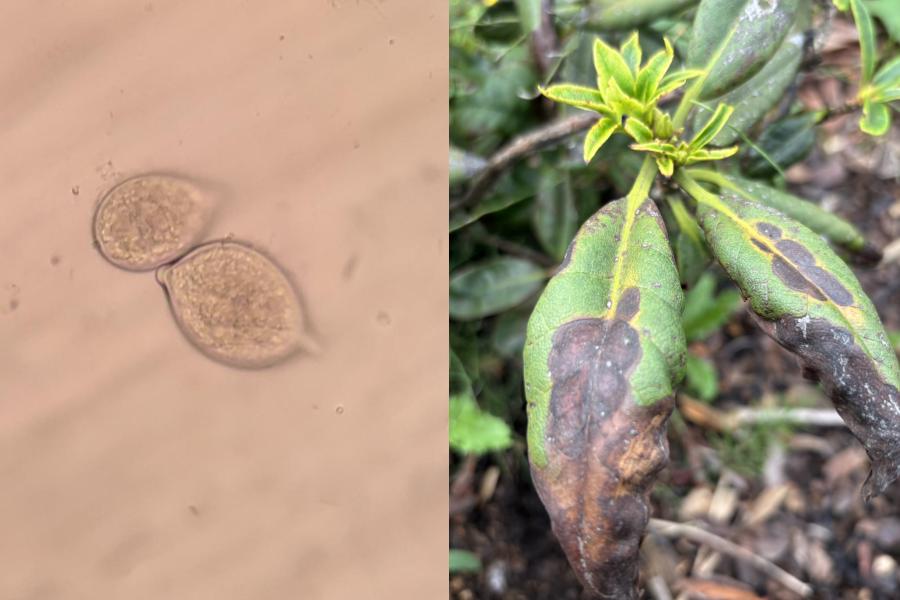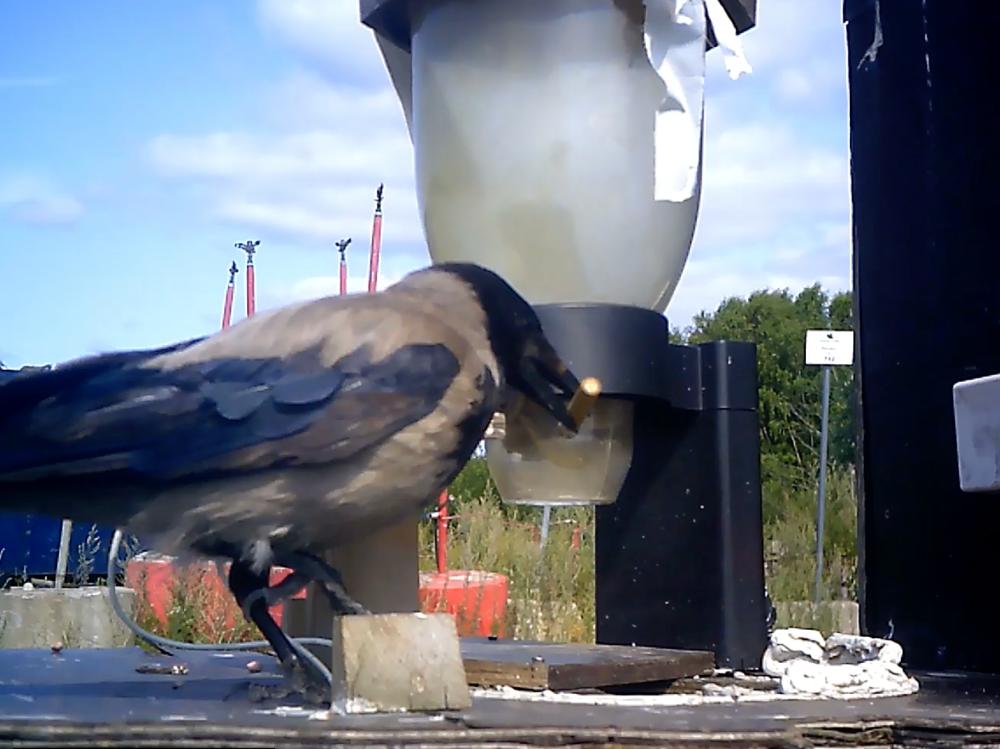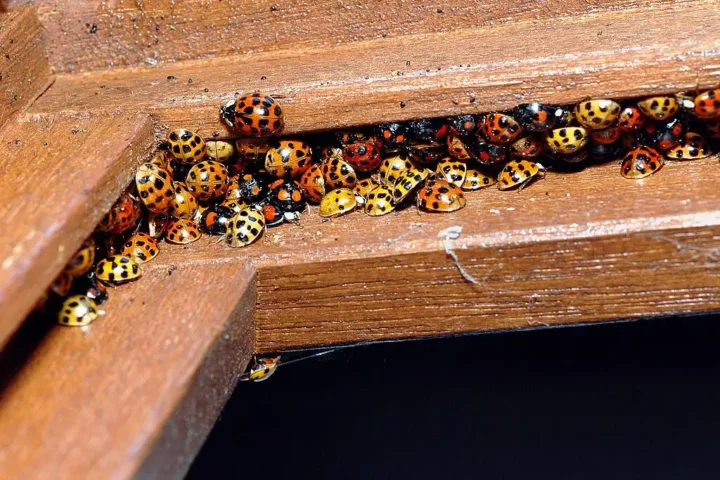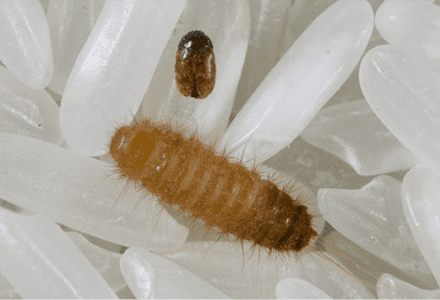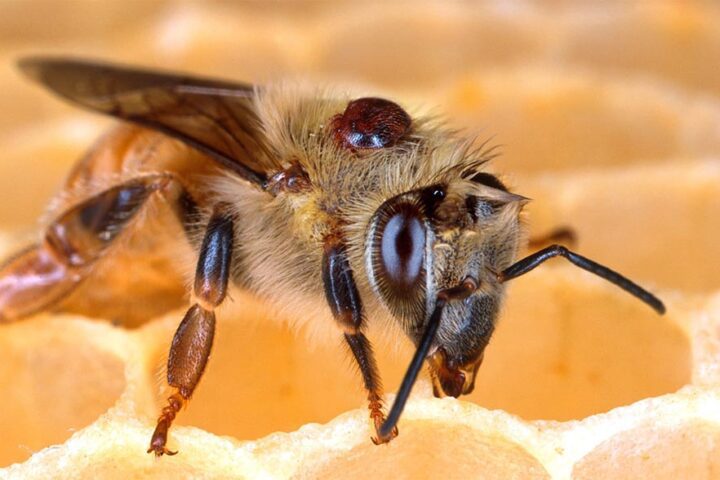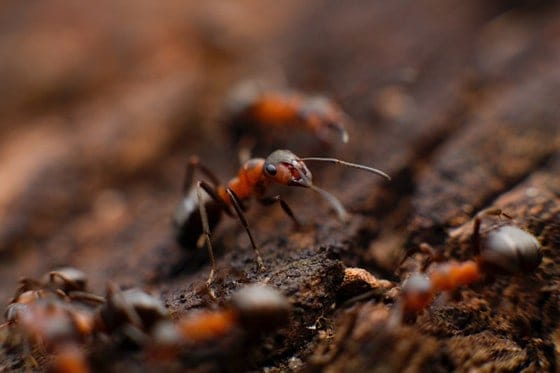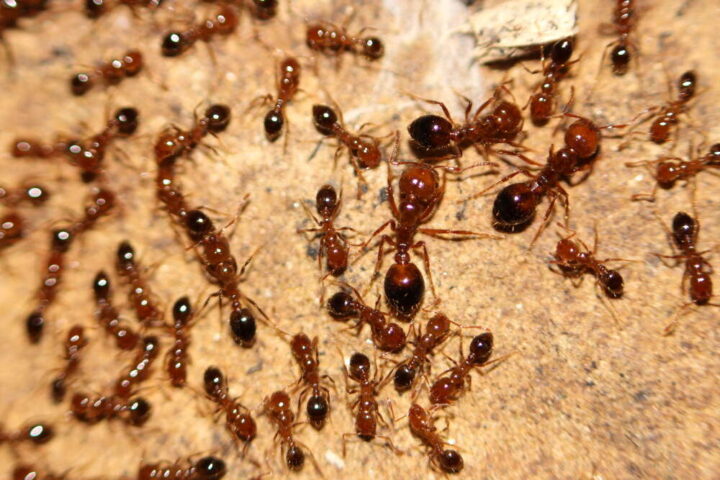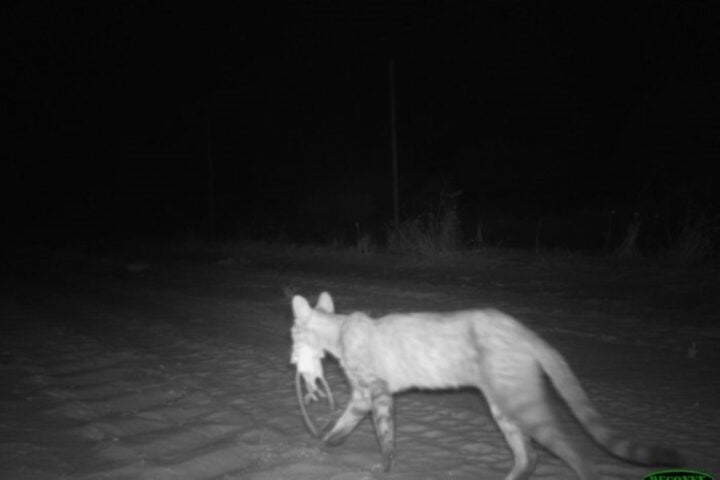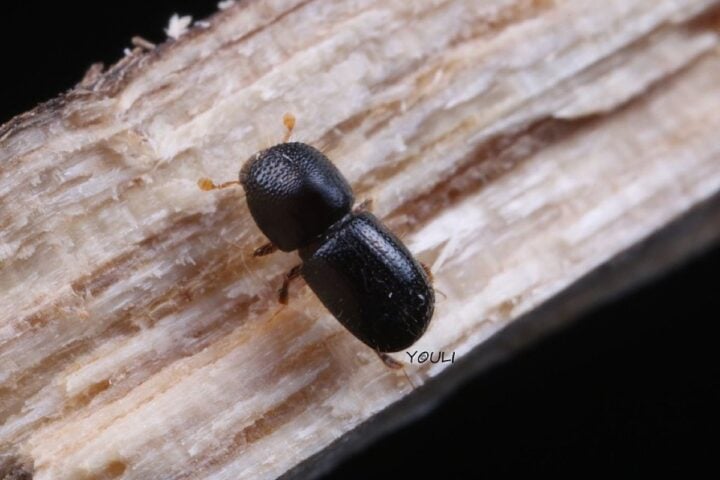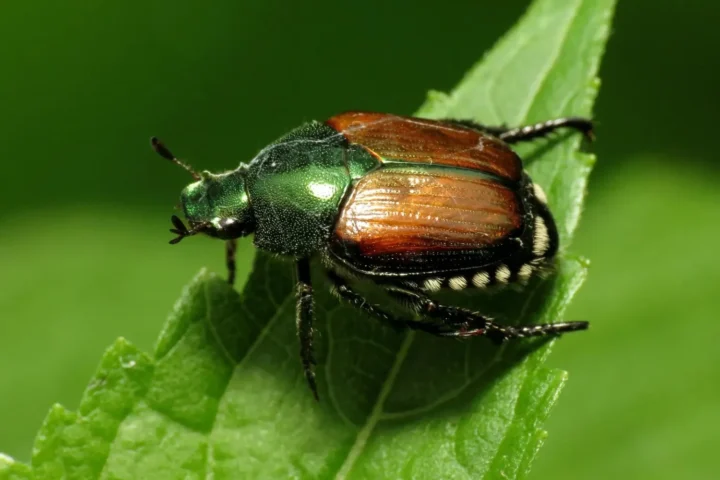University of Minnesota researchers have discovered 14 previously unreported species of water molds in Minnesota that could threaten the state’s forests and nurseries. These organisms, scientifically known as Phytophthora (pronounced fye-TOFF-thor-uh), translate to “plant destroyer” in Greek – an apt name for pathogens capable of causing widespread damage to trees, crops, and ornamental plants.
“This research is incredibly important to protect the urban and natural forest systems in Minnesota. As we’ve learned from other devastating forest pathogens, early detection is the key to mitigating large economic losses,” said lead author Nickolas Rajtar, a post-doctoral associate at the University of Minnesota.
The research team surveyed nurseries, forest systems, and waterways across Minnesota from 2020 to 2023. They collected over 1,500 samples and used specialized detection methods including molecular tools and spore-trapping techniques. In total, they found 22 species of Phytophthora, with 14 never before recorded in the state.
These water molds pose a serious threat because they attack over 5,000 different plants, including economically important trees and crops. They’re responsible for some of the world’s most destructive plant diseases, including sudden oak death and aggressive root rots that can kill woody plants.
Similar Posts
One key finding from the study reveals a concerning pathway for these pathogens. Minnesota’s short growing season means many nurseries import plants from states like Missouri, Oregon, and Washington, where these water molds are more common. This plant material can carry Phytophthora into Minnesota.
“Minnesota’s nurseries ship a lot of material in from a lot of other places around the country, be it Missouri, Oregon, Washington, where these phytophthora are a little more prominent,” Rajtar explained.
The research also broke new ground by looking beyond nurseries. “There has been little to no research on the Phytophthora species found in forests or waterways in Minnesota. Traditionally, forests and waterways are often overlooked as avenues for Phytophthora detection,” noted study co-author Robert Blanchette, a professor at the University.
The detection methods used by the researchers included baiting soil and water samples with rhododendron leaves or pears to attract the pathogens. When Phytophthora is present, it attacks the bait, creating lesions that researchers can then culture and identify through genetic sequencing.
Recent wet weather in Minnesota may be helping these pathogens spread even faster, as they thrive in moist conditions. Once established, they’re extremely difficult to eradicate.
Next steps for the research team include testing how easily these newly detected species can spread disease to various hosts and continuing to monitor for new species across the state.
The study was published in the Canadian Journal of Pathology and was funded by the Minnesota Invasive Terrestrial Plants and Pests Center through the Minnesota Environment and Natural Resources Trust Fund.
For homeowners who suspect their plants might be infected, the University offers testing services. Infected plants typically need to be destroyed to prevent further spread of the disease.
